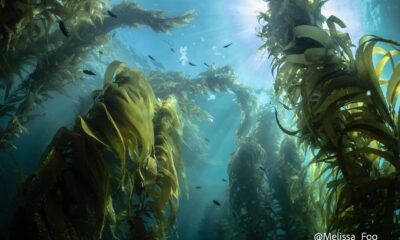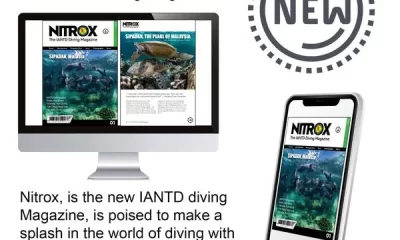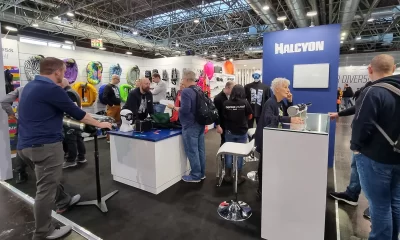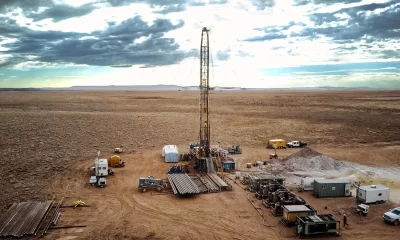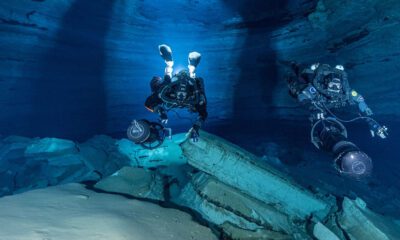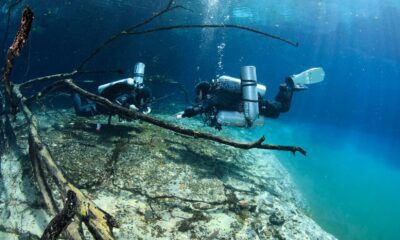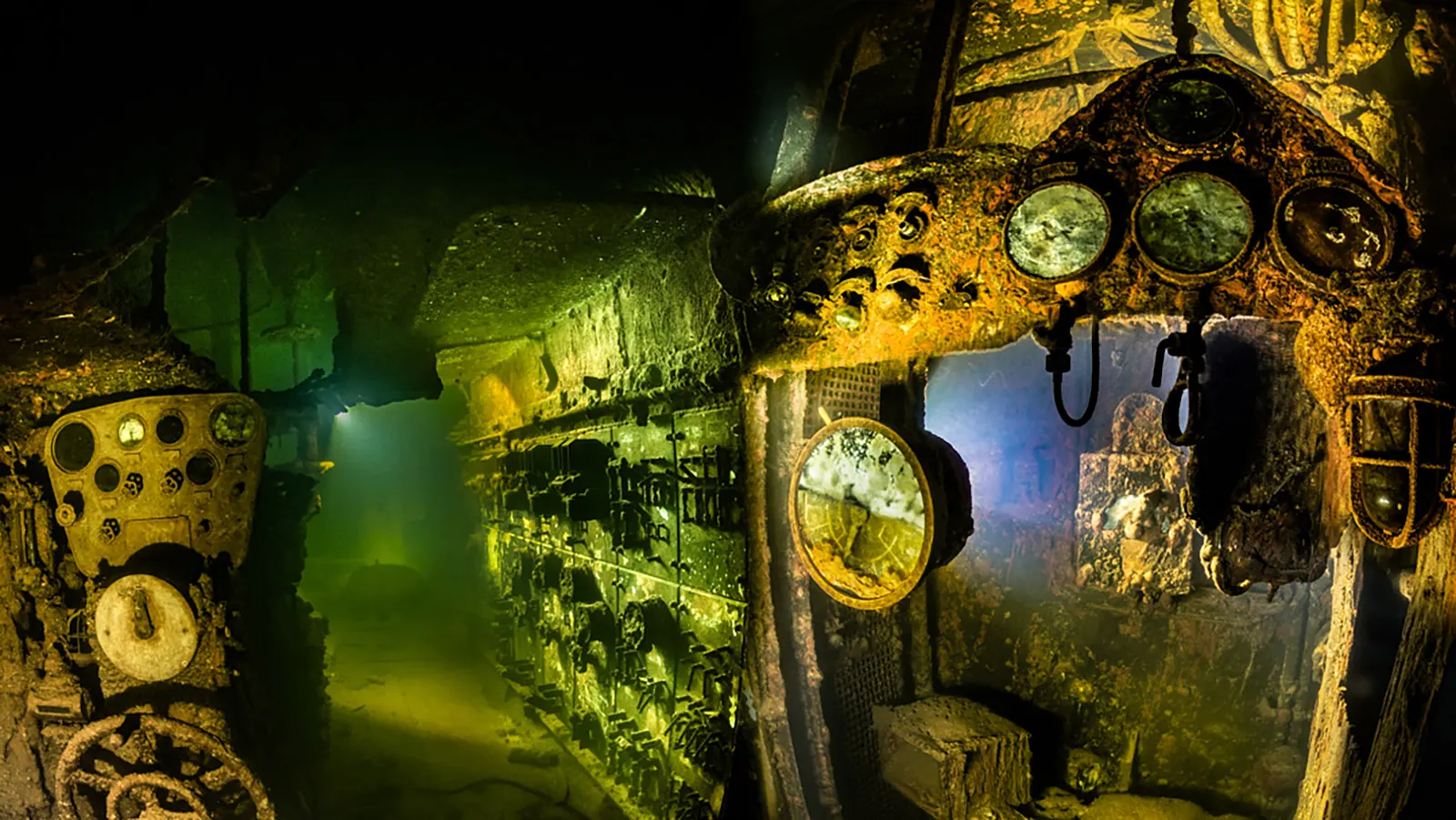
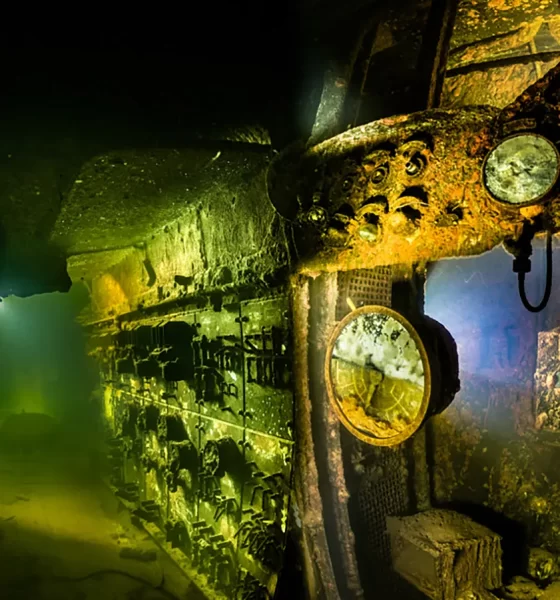
Art
Lust4Light
Wrecker-cum-photo maker Pete Mesley illuminates his subjects to reveal hidden moody structure and dimension that could not otherwise be perceived.
Text and images by Pete Mesley
One of the things that I have learnt very early on in my 30-year professional diving career, is you have to have your own personal interests—something that “keeps the passion going.” Photography was the vehicle that gave me the mental relaxation I needed in between teaching and being responsible for people’s welfare.
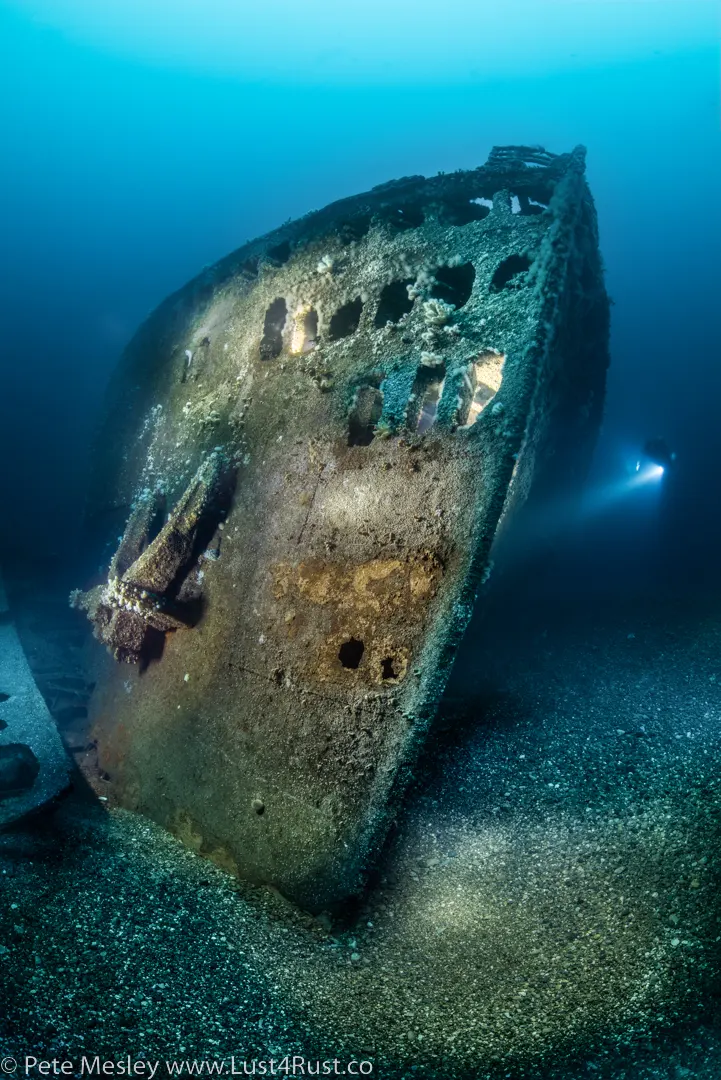
When entering a huge engine room, I always imagined how cool it would be to be able to see the whole area lit up. Initially, I carried a bevy of Big Blue 15k dive lights with me and placed them around sites, lighting up as much of the area as I could. The first time I did this was about 2010.
I quickly learnt I wasn’t getting the results I was hoping for. I could see the origin of the light sources, which bugged me. I didn’t want the physical lights to be seen in the image—just the areas the light illuminated. In order to get the image that I wanted, I started to delve into light painting. I did my first light painting image in 2012.

It was Curt Bowen’s incredible topside light painting imagery that inspired me to move into this next level of lighting. I just needed to figure out how to do this underwater. I had no training, or tutorials on how to do this, I just got in and gave it a go.
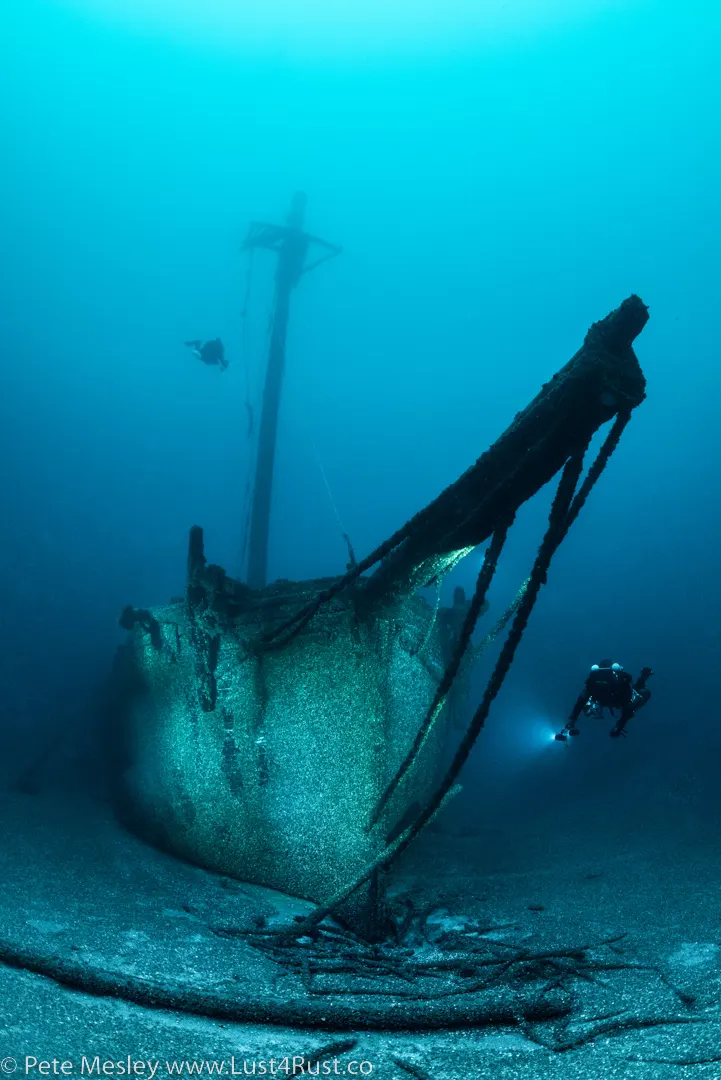
My biggest motivation was to get these expansive vista images illuminated well enough to give a viewer a fantastic panoramic view of the wreck interior—which, by the way, you would never be able to see on the actual dive!!
Dive after dive I would learn 99% how NOT to do things and the more time I spent on learning from my mistakes, the better I got. The biggest thing was that I wasn’t in a rush and focused 100% on getting one image done correctly. Something I have also learnt, the hard way, is that if the setup is rushed, the results will not be good. It takes so much time.
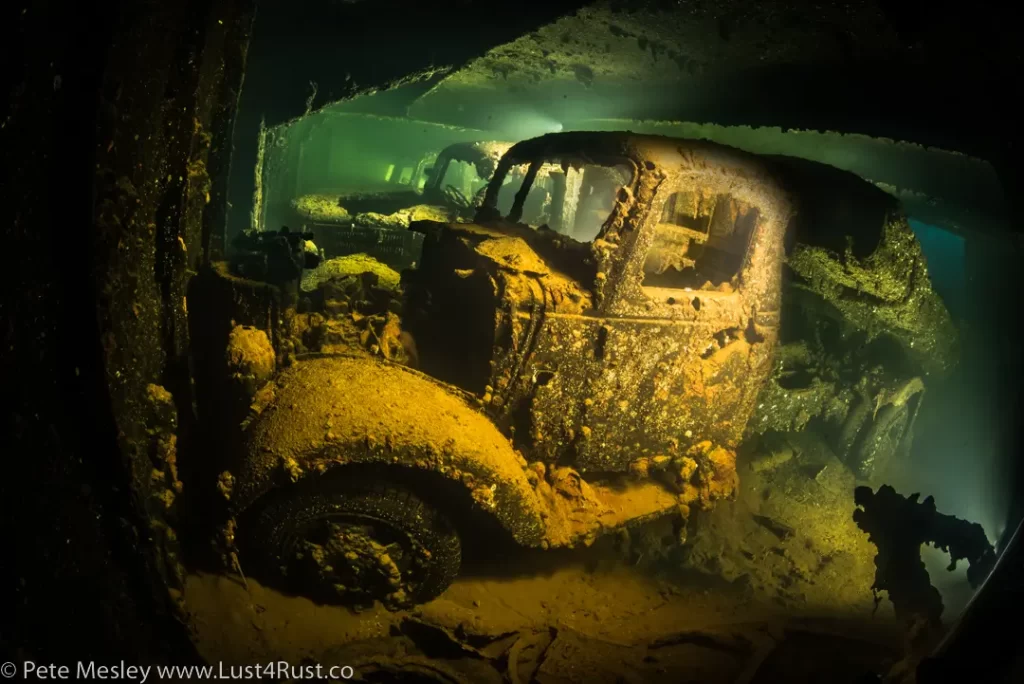
There is a whole pile of challenges to doing light painting; getting into the wreck with all this gear, which isn’t exactly streamlined, setting up without kicking up the silt once a frame is found, being able to light up the areas adequately once the camera is attached to the tripod, placing lights in areas that will enhance the shot, having a patient buddy to keep out of sight (and out of the frame) but still be able to offer safety support.
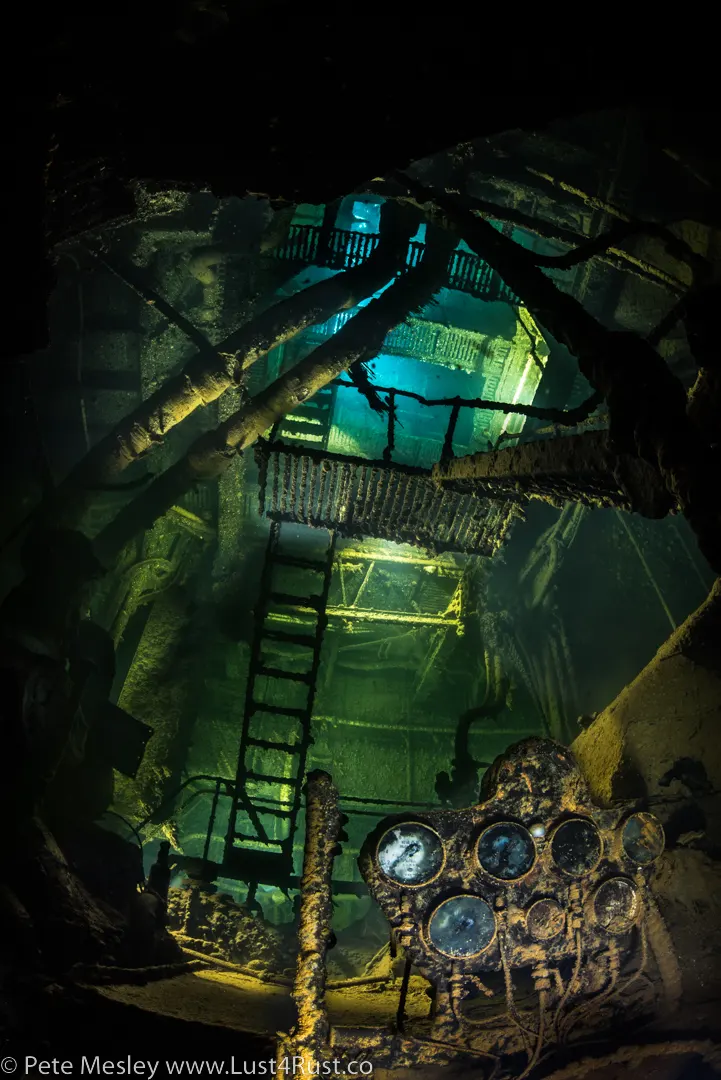
One of the biggest challenges is diver traffic. Most of the places where I take pictures are popular destinations for divers on the dive. About 95% of my images are damaged by other divers, who kick up the silt or point their lights directly into the camera, albeit for a split second. This renders the image useless.
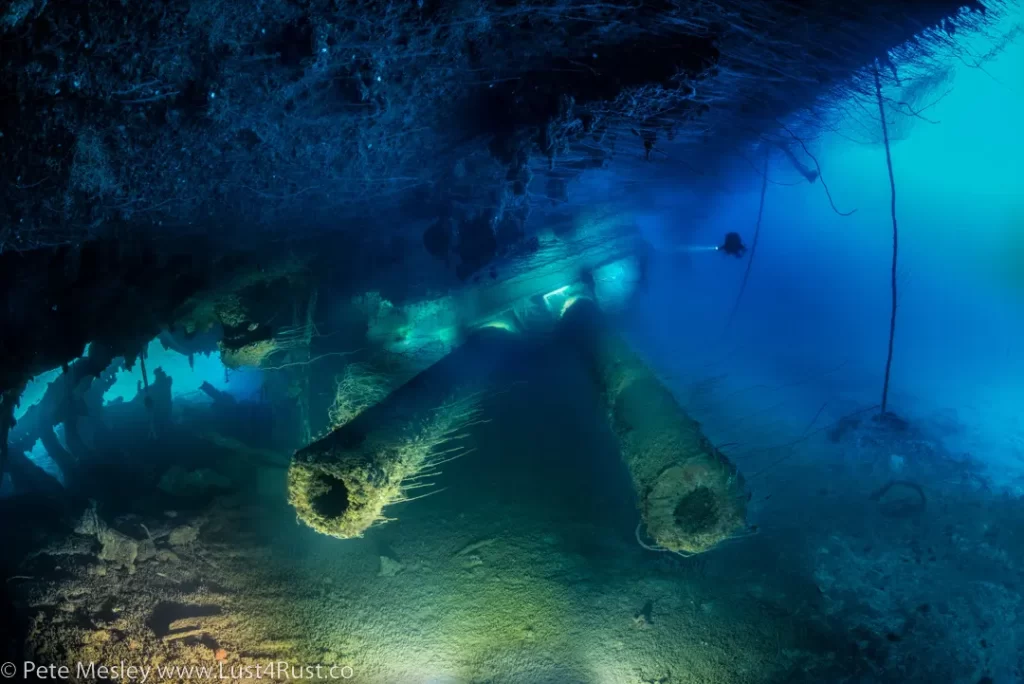
My techniques have evolved hugely over the years. That’s all part of the fun of it. Working through the challenges can be frustrating, but getting an image that you have been ecstatically dreaming about for years makes it all worth it.
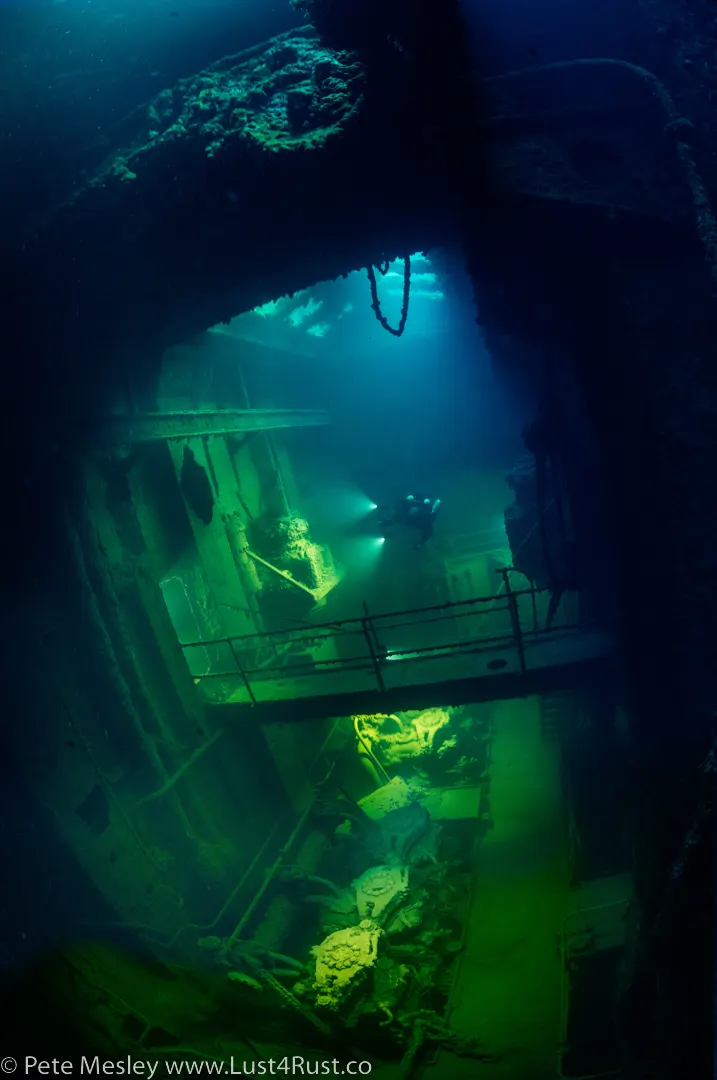
The biggest kick I get out of producing these images is showcasing the wrecks in ways no one has ever seen before. Some divers have commented that my images helped heighten their observations when diving the site and how much more they saw on the dive.
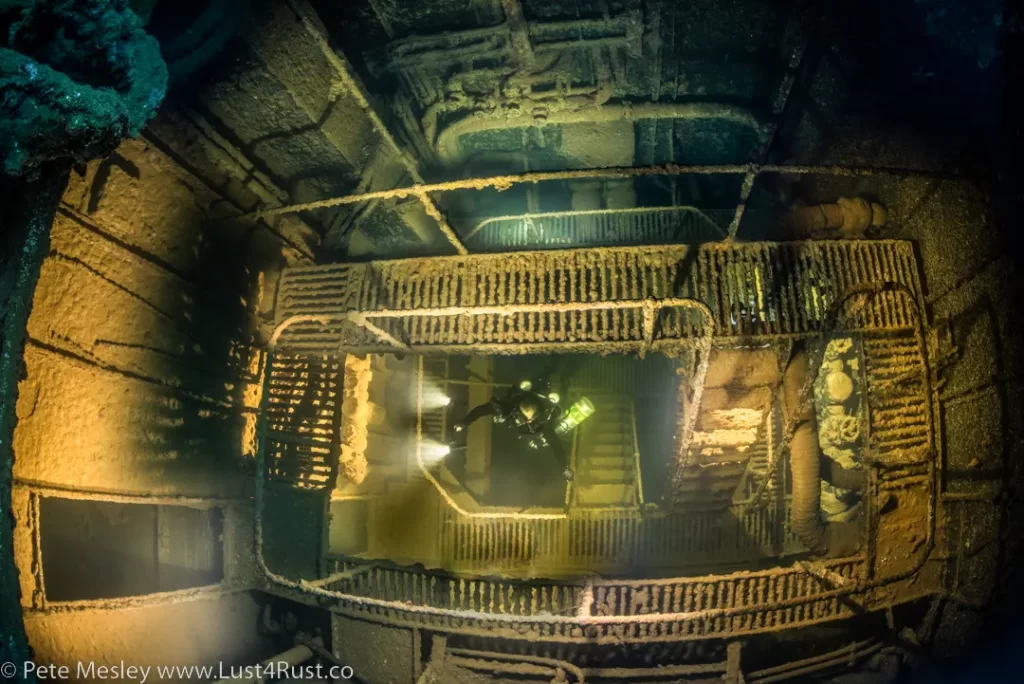
The biggest advice I would give to any photographers who think that this type of photography appeals to them, is to just be patient. You really need to be comfortable “wasting” an entire dive on one image, which you probably won’t get right the first time anyway. It’s a progression, so BE PATIENT. And HAVE FUN!
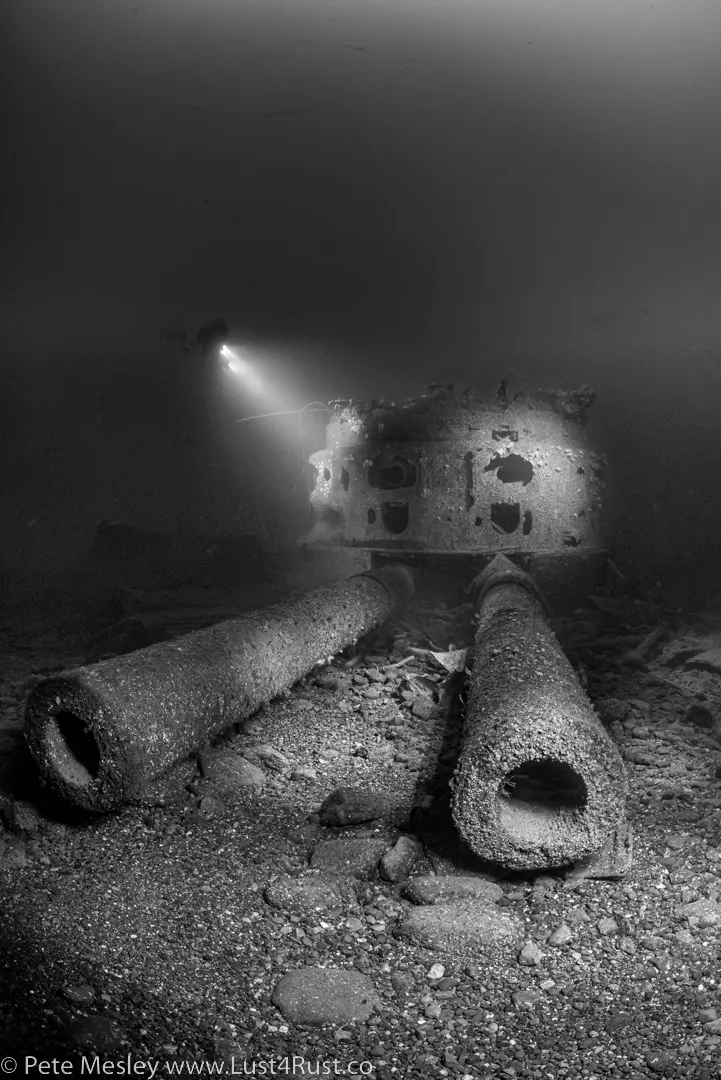
From a purely self-indulgent view, it’s really difficult these days to be “unique” as there are so many talented photographers out there. So, it’s cool to develop a technique which is certainly unique. The main thing is, it has kept me fresh, excited and enthusiastic about my diving, of which I love with a passion.
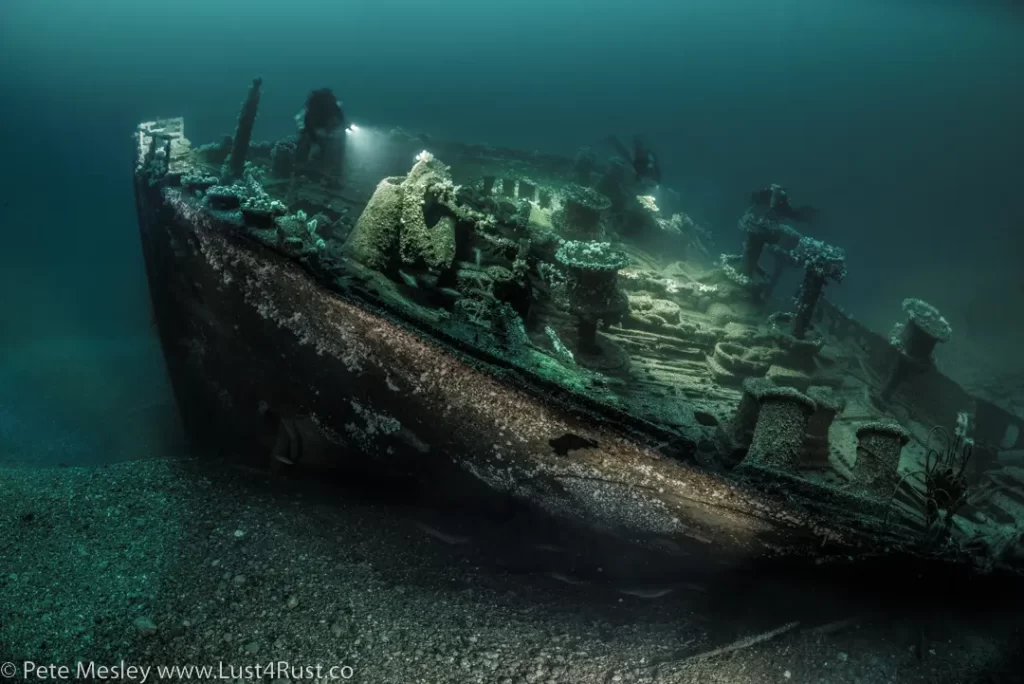

Pete Mesley has spent more than 30 years in the diving industry, including activity in 29 different countries. He now focuses on training rebreather instructors, advanced wreck diving, and underwater photography. His dive travel business “Lust4Rust Dive Excursions & Training” takes highly experienced divers to some of the most isolated parts of the planet, all efforts with extremely demanding logistics. Pete has acted as dive supervisor to many large deep projects, films, documentaries, and natural history shoots and has supported diving research studies. As a well-published and accomplished photographer, Pete has an appetite for safely exploring new places, new wrecks, and adventure.



















